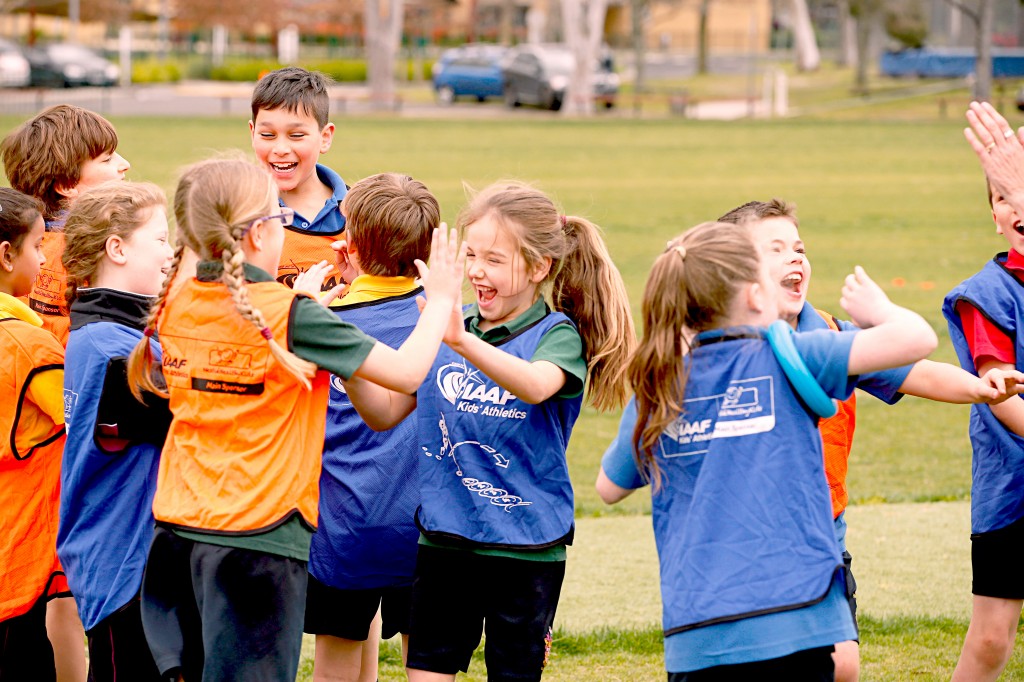
Athletics Australia has today released new guidelines aimed at educating parents, coaches, athletes, teachers and administrators in relation to training and competition for children and adolescents.
Following the October 2018 release of the Position Statement for Children Participating in Athletics (supported by Little Athletics Australia) The FIT Model has been developed to provide practical advice and guidance on appropriate training and competition loads for children and adolescents.
The FIT Model is a framework that outlines the recommended types of activities and loads that are most developmentally appropriate for participants. It provides a framework to assess and guide existing and future activities that meet the developmental needs of children and adolescents, as well as being an educative tool for parents, coaches, teachers, administrators, and athletes. These guidelines are based on research and evidence and have been adapted and developed from highly regarded models widely used by multiple sports and nations.
The FIT Model contains 5 stages of development:
The early stages focus on the development of physical literacy through play and sampling a variety of sports and activities and progresses through to the specialisation and investment phases. The FIT Model has a strong focus on the avoidance of early specialisation, particularly with athletics being a late maturation sport.
Accompanying the framework is a second document that provides an overview of the stages of development and has been developed to ensure a clear understanding of the objectives and focus of the guiding principles for each stage of a young athlete’s development. The athlete development pathway aligns with evidenced based programs and models used in other nations (UK and Northern Island, Canada, North America, New Zealand) with a similar sporting structure and culture to Australian athletics.
The third document – Minimum Age Recommendations for Road Distance Events – provides guidance on recommended minimum ages for participation in various road running distance events from 5km through to ultra marathons.
“All of these documents provide important guidance to the athletics community around the type, duration, and frequency of activity that is age and developmentally appropriate for children and adolescents”, said Athletics Australia General Manager, Participation and Community Strategy, Adam Bishop.
“The development of physical literacy, the importance of play, and the encouragement of sampling in the early years are crucial for setting the foundations for the future. Providing age appropriate activities and loads across each developmental stage is vital as it not only has far reaching impacts for future sporting success, including reducing the likelihood of injury and burnout, but it can also have profound impacts upon a child’s participation in sport and physical activity into adulthood”.
The release of the FIT Model also coincides with the release of Sport Australia’s Physical Literacy Position Statement, which has been endorsed by Athletics Australia. Commenting on the release of the Fit Model, Andrew Larratt, General Manager of Sport Business at Sport Australia said that the Athletics Australia Guidelines:
“Demonstrate an alignment to the Australian Physical Literacy Framework and a commitment by Athletics Australia to the holistic development of children across the four domains of physical literacy (physical, psychological, social and cognitive)”.
“Sport Australia looks forward to continuing to work with Athletics Australia to ensure Australian children have the potential to value movement, physical activity and sport, whilst developing and maintaining positive physical activity behaviours for life”.
The Fit Model
The new Guidelines can be accessed by visiting: athletics.com.au/juniorguidelines
Acknowledgements
Athletics Australia (AA) would like to acknowledge Di Huxley (coach, PhD researcher, university lecturer) for leading the drafting of the Guidelines and the contribution of the following members of the reference group:
AA also acknowledges the feedback and review provided by ACHPER SA, Sport Australia, Craig Pickering (AA Pathways Manager), Morgan Jansson (AA Product Development and Implementation Lead), and Andrew Johnson (LAA Development Manager).

